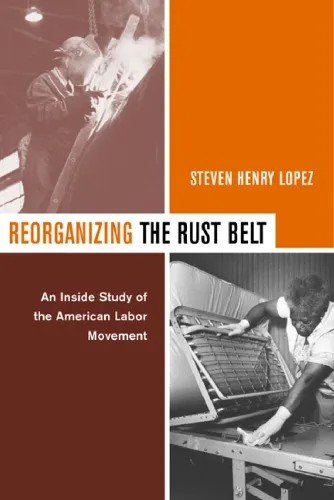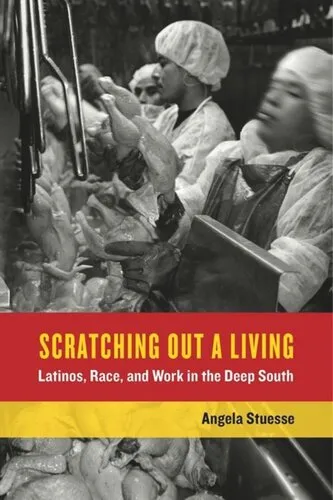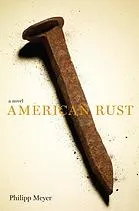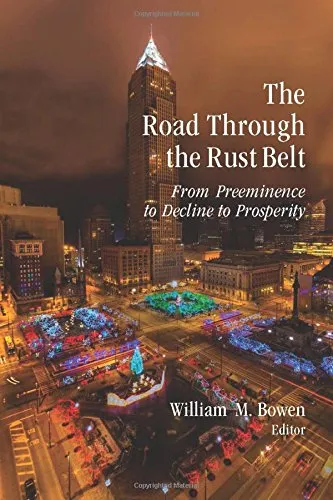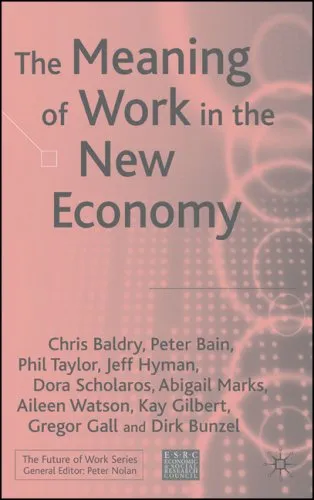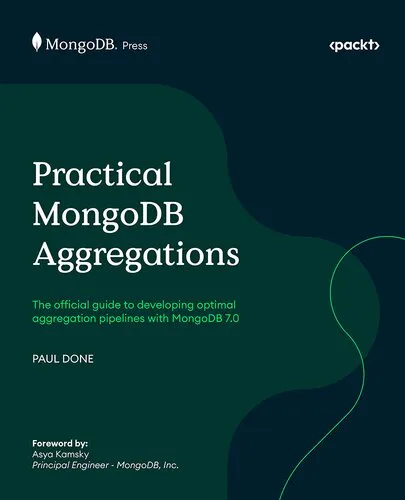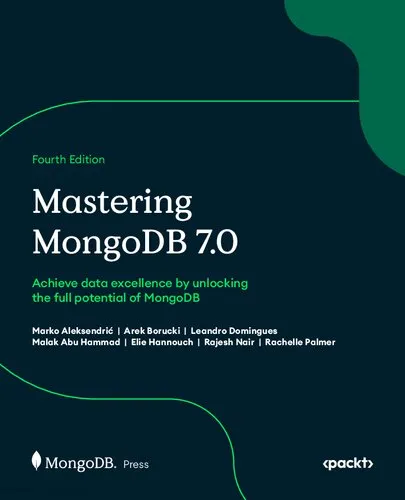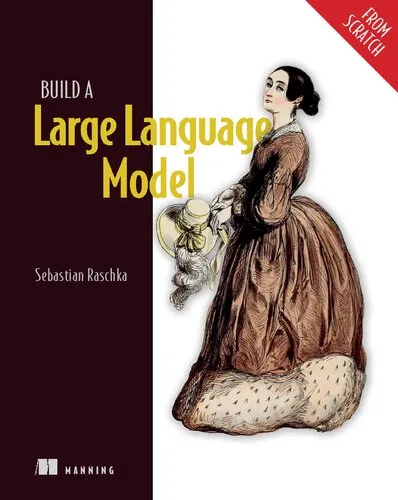Reorganizing the Rust Belt: An Inside Study of the American Labor Movement
4.0
Reviews from our users

You Can Ask your questions from this book's AI after Login
Each download or ask from book AI costs 2 points. To earn more free points, please visit the Points Guide Page and complete some valuable actions.Related Refrences:
Introduction to 'Reorganizing the Rust Belt: An Inside Study of the American Labor Movement'
Welcome to 'Reorganizing the Rust Belt: An Inside Study of the American Labor Movement,' a comprehensive exploration into the heart of the American labor movement. This book dissects the dynamic forces that shape the labor landscape within the Rust Belt — a region synonymous with industrial might as well as decline. This study is not only an academic inquiry but also a narrative filled with individual stories and broader socio-economic analysis, aimed at illustrating the resilience and transformation of labor in America.
Detailed Summary
'Reorganizing the Rust Belt' delves into the history and evolution of labor movements within the Rust Belt—spanning across states like Pennsylvania, Ohio, Michigan, and Illinois. These areas, once the booming centers of American manufacturing, faced economic downturns with the decline of heavy industries. The book provides a detailed account of labor organizations' struggles and triumphs as they navigate economic change, globalization, and technological advancements.
Through interviews, historical data, and on-the-ground reports, the narrative weaves together the voices of union leaders, workers, and policy-makers who are striving to reinvent the role labor plays in the new economy. It explores key labor strikes, union negotiations, and the political climate influencing labor policies. More than just chronicling history, the book offers insight into the strategies employed by workers to gain new ground in a changing world.
Key Takeaways
- The transition from a manufacturing-based economy to a service-oriented one has deeply influenced the labor movement.
- Labor unions continue to play a crucial role in advocating for workers, but they face immense challenges in adapting to modern economic realities.
- Technological advancements offer both challenges and opportunities for labor adaptation and growth.
- Collaboration between unions, companies, and government is vital for reviving the economic prospects of the Rust Belt.
Famous Quotes from the Book
“The strength of a community is measured not by the wealth it accumulates but by its ability to stand together in times of adversity.”
“In the heart of the Rust Belt, we find the true spirit of American resilience — a relentless drive to adapt, reinvent, and rejuvenate.”
Why This Book Matters
As automation, globalization, and policy reforms continue to reshape industrial America, understanding the past and present of the Rust Belt’s labor movement is more relevant than ever. 'Reorganizing the Rust Belt' provides valuable perspectives for policy-makers, economists, and labor activists. It underscores the importance of adaptable and innovative approaches in tackling economic challenges and achieving sustainable growth.
The book also serves as an educational tool, offering readers the historical context necessary to understand current labor dynamics. Emphasizing the Rust Belt’s role as both a historical heavyweight and a modern battleground, it highlights the ongoing significance of organized labor movements in shaping equitable workplaces and communities.
Ultimately, this book is an invitation to reflect on how labor movements can not only survive but thrive amidst the shifting tides of economic change.
Free Direct Download
You Can Download this book after Login
Accessing books through legal platforms and public libraries not only supports the rights of authors and publishers but also contributes to the sustainability of reading culture. Before downloading, please take a moment to consider these options.
Find this book on other platforms:
WorldCat helps you find books in libraries worldwide.
See ratings, reviews, and discussions on Goodreads.
Find and buy rare or used books on AbeBooks.
1296
بازدید4.0
امتیاز0
نظر98%
رضایتReviews:
4.0
Based on 0 users review
Questions & Answers
Ask questions about this book or help others by answering
No questions yet. Be the first to ask!
